Victor and I embarked on our annual tradition of spending a weekend away somewhere in England on our anniversary (being 27 July). In 2018 we visited Bristol, and in 2017 we visited Eastbourne and Brighton. England has a lot to offer, so it is quite difficult to choose a destination each year. There are also several places I’ve been wanting to visit since moving to London. Places like Cornwall, the Cotswolds, Norfolk, and the Lake District. However, in 2019, an art exhibition smooth talked us into heading to Liverpool.
Beatles Mania
Though we didn’t go to Liverpool for The Beatles, it’s impossible to mention Liverpool without mentioning them! You can see references to the Beatles all over the city. If you’re a fan you should head to Mathew Street, an area frequently visited by The Beatles.

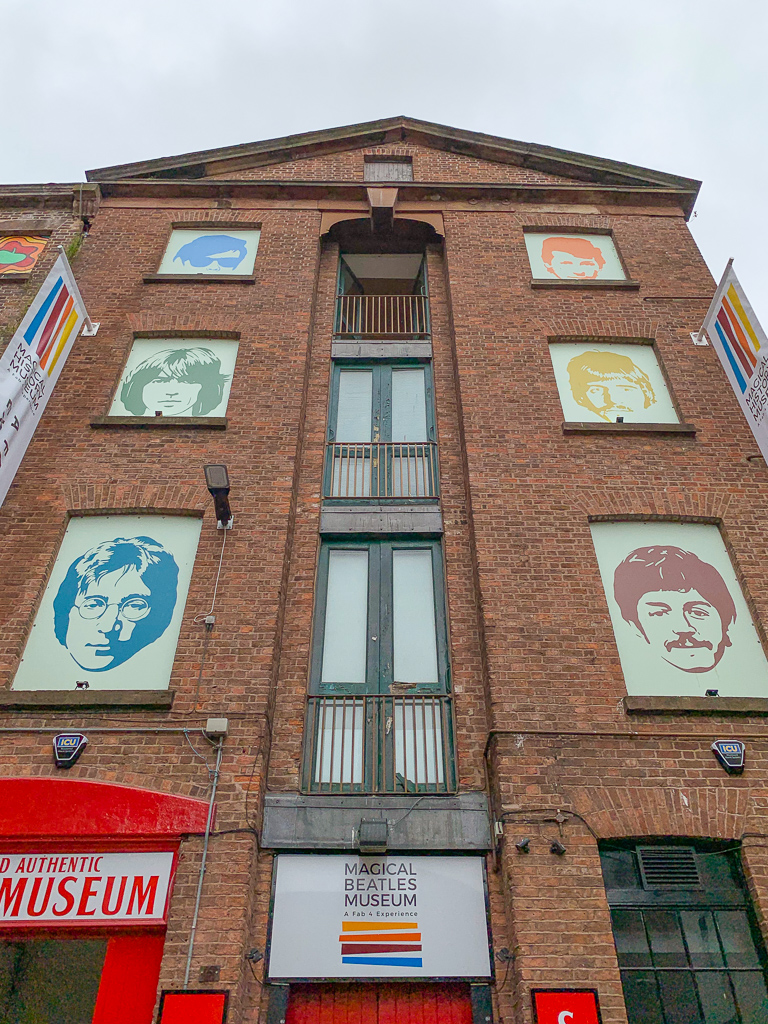
Mathew Street is also the location of the Cavern Club. The Club regularly played host to The Beatles in their early years (they first played there in 1961 and played 292 times). The Cavern Club initially opened on 16 January 1957 as a jazz club. Later on, it became a centre of the rock and roll scene in Liverpool in the early 1960s. That original Cavern Club actually closed in 1973 because it was filled in for railway tracks. But then, there was a lot of demand to revive the original club due to its historical significance — happily, it was excavated and reopened in 1984. To commemorate this momentous occasion, tons of musicians from the 1960s Mersey Beat era signed the wall at the back of the Cavern Club’s stage. Turns out this is a tradition that dates back to jazz bands in the 1950s.


Bold Street
Once we walked around Mathew Street, we quickly ventured further to Bold Street for lunch. I had researched and picked Mowgli because honestly, so many other bloggers and travelers recommended it. You can read my restaurant review here.
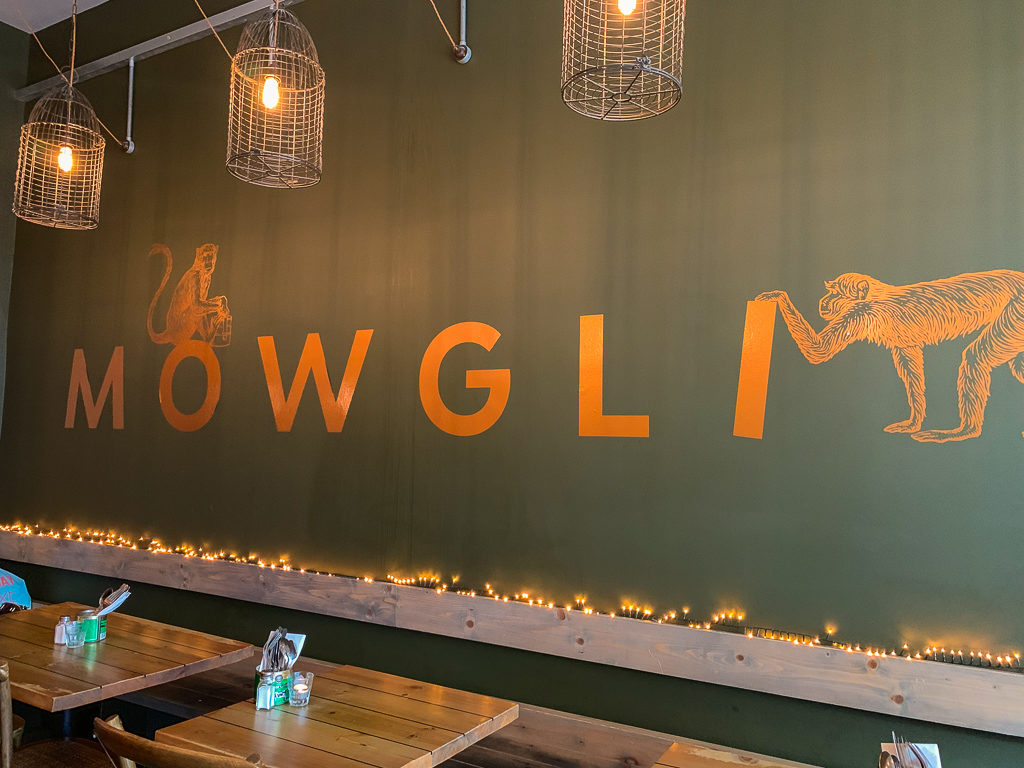 After a deliciously satisfying lunch, it was time to explore even more. At the end of Bold Street is a church, clearly damaged. It’s St Luke’s Church, but more commonly called the Bombed-Out Church. It’s roofless and its windows are missing because the church was damaged by bombs during the Liverpool Blitz in 1941. You can explore it today — it functions as a war memorial as well as a beautiful venue for events.
After a deliciously satisfying lunch, it was time to explore even more. At the end of Bold Street is a church, clearly damaged. It’s St Luke’s Church, but more commonly called the Bombed-Out Church. It’s roofless and its windows are missing because the church was damaged by bombs during the Liverpool Blitz in 1941. You can explore it today — it functions as a war memorial as well as a beautiful venue for events.
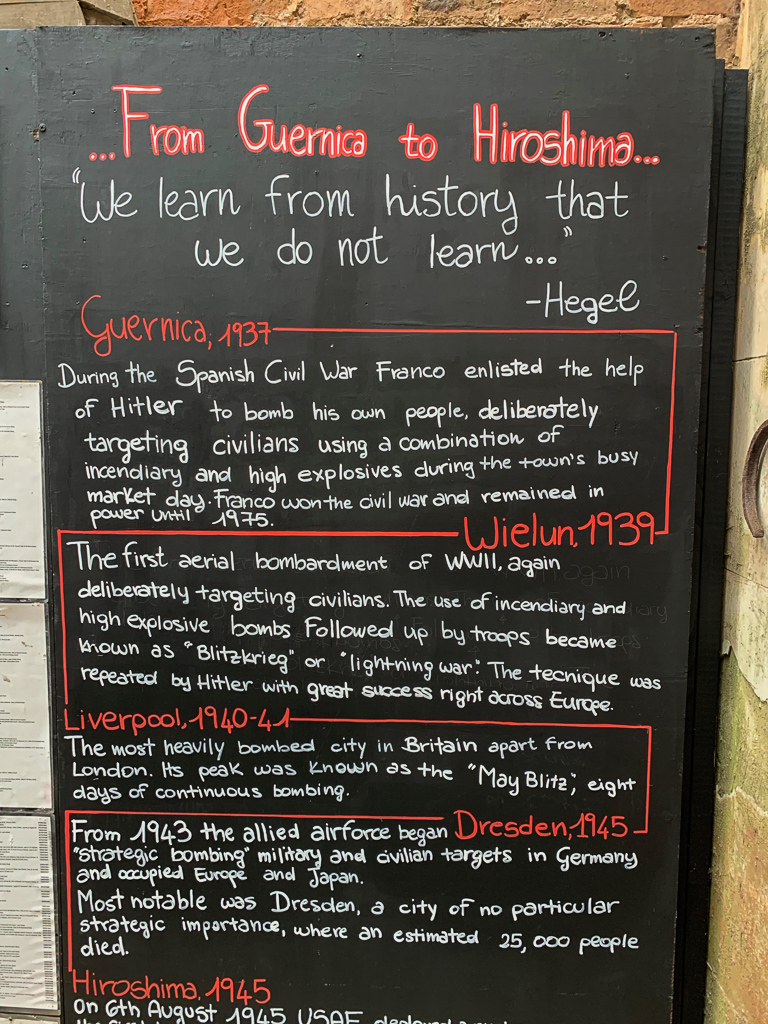
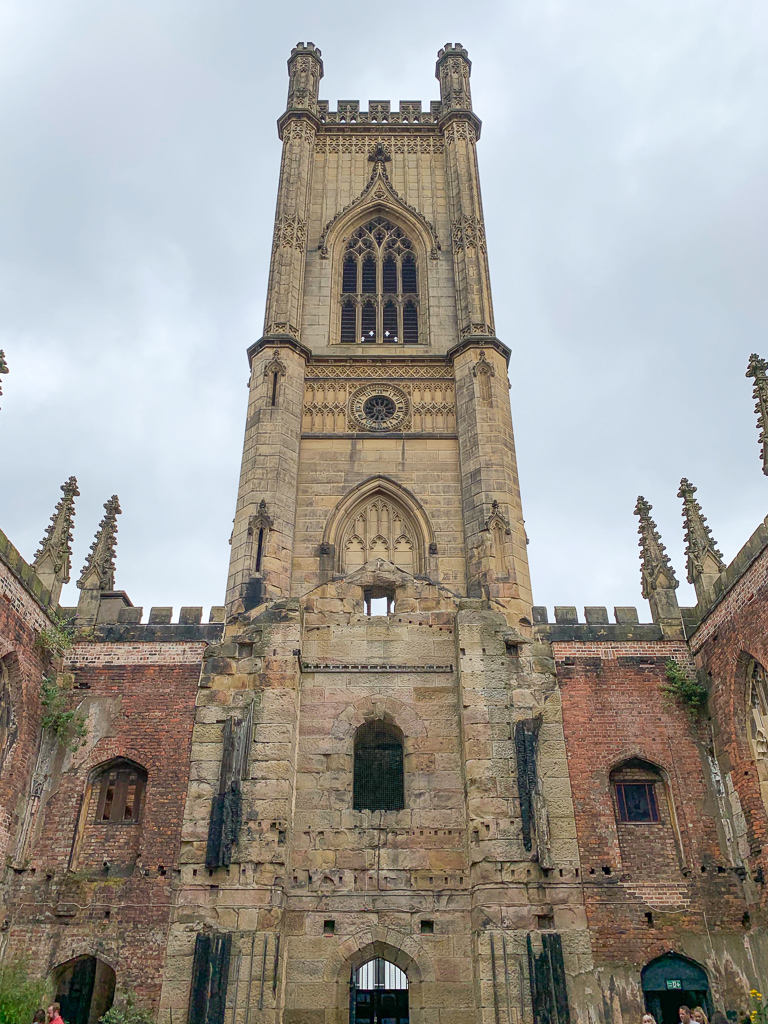

Bold Street is known for its numerous cozy spots like cafes and bookstores. Consequently, it’s a great area to linger for a while. We ran into a radical booksthop called News from Nowhere. We promptly spent the next hour perusing the wondrous and interesting collection. For a tea break, we also took the time to go to LEAF, a unique, independent teashop.


We decided to stick with Bold Street for dinner. Earlier in the day we had run into Maray, a Middle Eastern-inspired small plates restaurant. So, we were glad we remembered it in the evening! We had to sit at the bar, but honestly it’s sometimes much more exciting and interesting to sit at the bar with, well, the bartender!

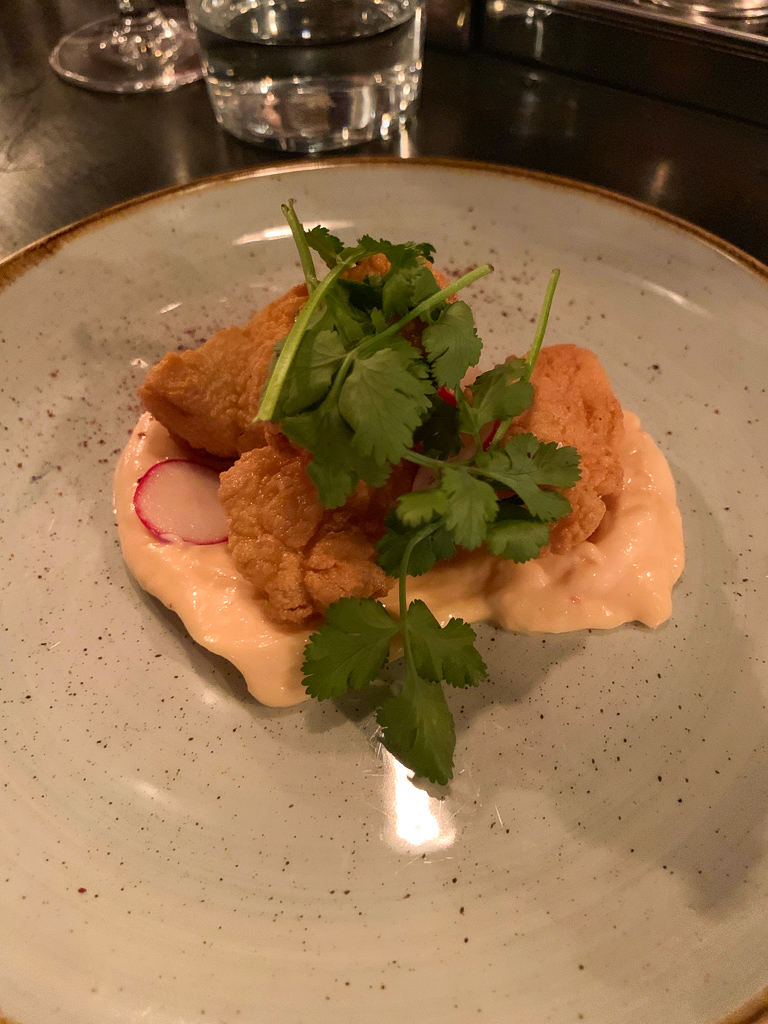
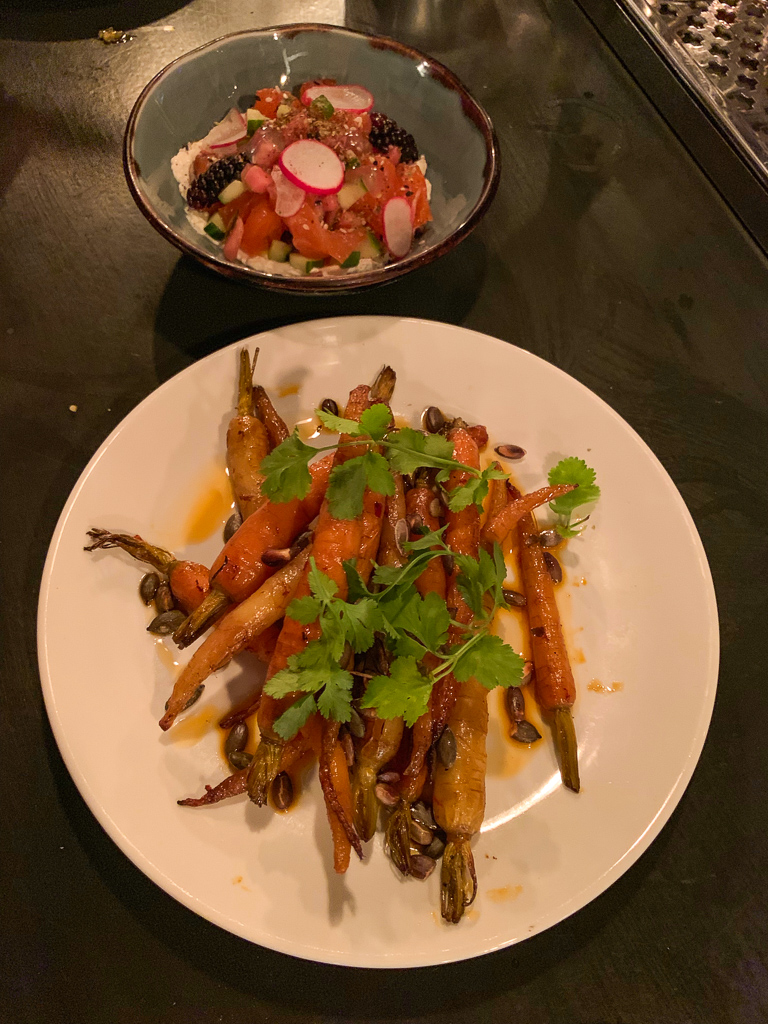
To the Docks
The next day we headed straight to the Port of Liverpool. The port is actually a system of docks that runs along the city’s river, the River Mersey. The docks were of the most impressive in the world when they were built, and some are even World Heritage sites now.



The docks are pretty amazing — I hadn’t realised just how many different docks there were! A great way to see it all in its seafaring glory is take a trip down the River Mersey on the Mersey Ferry. It’s really quite easy to arrange: just walk into the Mersey Ferries terminal, buy your ticket for the appropriate time, and then come back later at that time! Insider’s tip: make sure you arrive well before the time so that you can line up early to make sure you get a good seat on the ferry. Also make sure to pack some sort of jacket because it is quite windy on the water!


 Once back on land, the dock you’ll likely wander into is the Albert Dock (now Royal Albert Dock). It’s a lovely area full of restaurants, cafes, bars, shops, and excitement! There definitely has been some regeneration in the area, probably in an attempt to lift up a historic, but largely unused, waterfront — with great success, I might add! I think it’s a great area, and also a great use of space as I imagine a lot of the warehouses were abandoned previously.
Once back on land, the dock you’ll likely wander into is the Albert Dock (now Royal Albert Dock). It’s a lovely area full of restaurants, cafes, bars, shops, and excitement! There definitely has been some regeneration in the area, probably in an attempt to lift up a historic, but largely unused, waterfront — with great success, I might add! I think it’s a great area, and also a great use of space as I imagine a lot of the warehouses were abandoned previously.

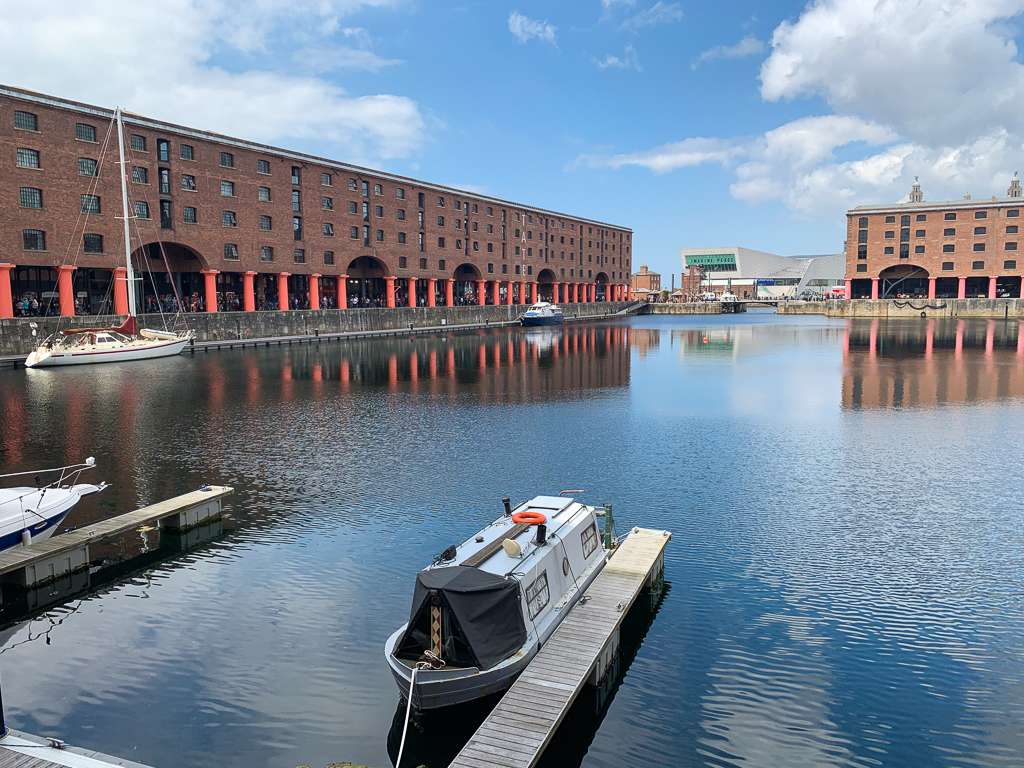 Along with all the restaurants and bars, there are plenty of ‘attractions’ as well. There are three museums, including Tate Liverpool, the Merseyside Maritime Museum and the International Slavery Museum. There’s also a standalone exhibition space on the Beatles (called The Beatles Story). We really only had time to visit one, which obviously was Tate Liverpool, but I’d love to come back and check the other museums out.
Along with all the restaurants and bars, there are plenty of ‘attractions’ as well. There are three museums, including Tate Liverpool, the Merseyside Maritime Museum and the International Slavery Museum. There’s also a standalone exhibition space on the Beatles (called The Beatles Story). We really only had time to visit one, which obviously was Tate Liverpool, but I’d love to come back and check the other museums out.
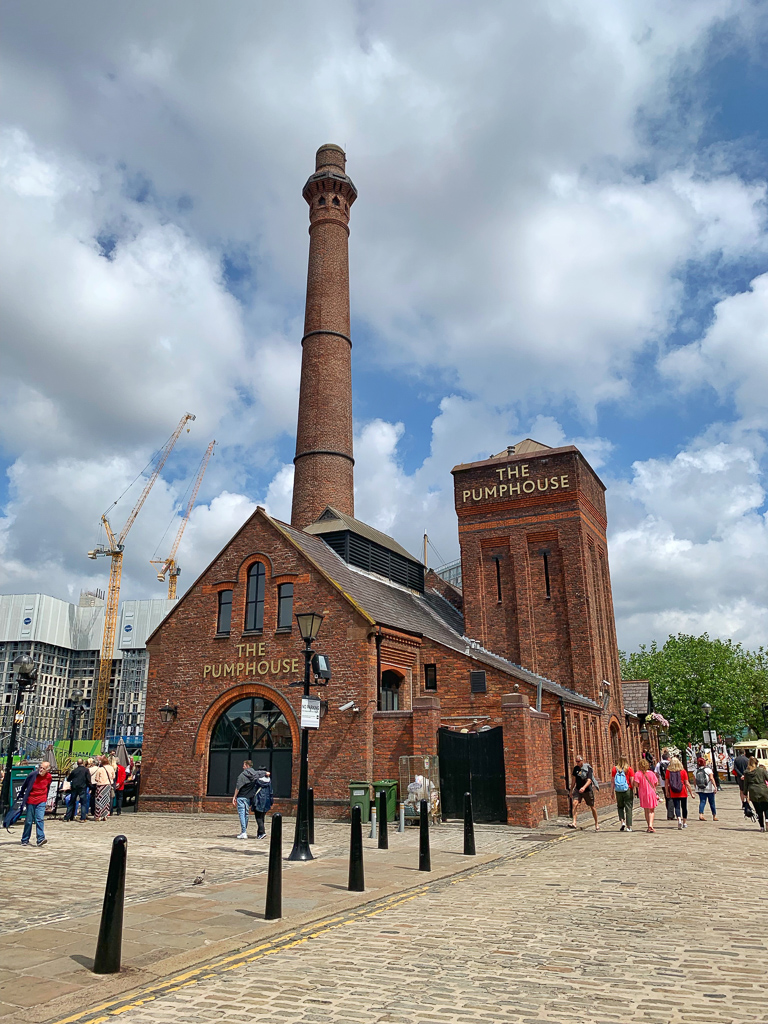


We wandered along up and down the docks, admiring the views and also enjoying the wonderful atmosphere. Clearly the docks attracts lots of people. From children running around the wide open spaces to the elderly going for a walk along the water, it truly feels like an embodiment of Liverpool’s legacy.

Tate Liverpool
And now, for the main event! The whole reason we picked Liverpool in the first place was to visit the Keith Haring exhibition at the Tate Liverpool museum.
This exhibition was incredibly special because it was first major UK exhibition on Keith Haring. It brought together tons paintings, drawings and posters from mostly New York including from the Keith Haring Foundation.
 Perhaps you’re unfamiliar with Keith Haring, and that’s okay, but reading this post is a good excuse to learn about him now. Keith Haring, originally from Pennsylvania, was a street artist to say the least. He moved to New York City in 1978 and immediately fell in love and thrived in the buzzing alternative scene. In 1980, he began experimenting with an art medium that would make him infamous all over the city: unused advertising panels in subway stations. Keith Haring used white chalk on these blank panels, eventually creating hundreds. It was so iconic because he would draw in public, in rapid lines in one go. Between 1980 and 1989, Haring achieved international recognition. He participated in numerous group and solo exhibitions, and he eventually had his own solo exhibition in New York.
Perhaps you’re unfamiliar with Keith Haring, and that’s okay, but reading this post is a good excuse to learn about him now. Keith Haring, originally from Pennsylvania, was a street artist to say the least. He moved to New York City in 1978 and immediately fell in love and thrived in the buzzing alternative scene. In 1980, he began experimenting with an art medium that would make him infamous all over the city: unused advertising panels in subway stations. Keith Haring used white chalk on these blank panels, eventually creating hundreds. It was so iconic because he would draw in public, in rapid lines in one go. Between 1980 and 1989, Haring achieved international recognition. He participated in numerous group and solo exhibitions, and he eventually had his own solo exhibition in New York.
He attracted the attention of many famous artists, and went to work with many of them including Madonna, Grace Jones, Bill T. Jones, William Burroughs, Timothy Leary, Jenny Holzer, Jean-Michel Basquiat, Yoko Ono and Andy Warhol.



Throughout his career, Keith Haring (through his art and words) spoke out on various social issues, especially homosexuality and AIDS. He painted several public murals across the globe that had a lot of emotional impact. One of my favourites is in Barcelona. But of course, Keith Haring was so incredibly talented but a lot of his artistic motivation and political strife drew from his experience with the AIDS crisis. He was diagnosed with AIDS in 1988, and he on to die of AIDS related complications at the age of 31 on February 16, 1990.


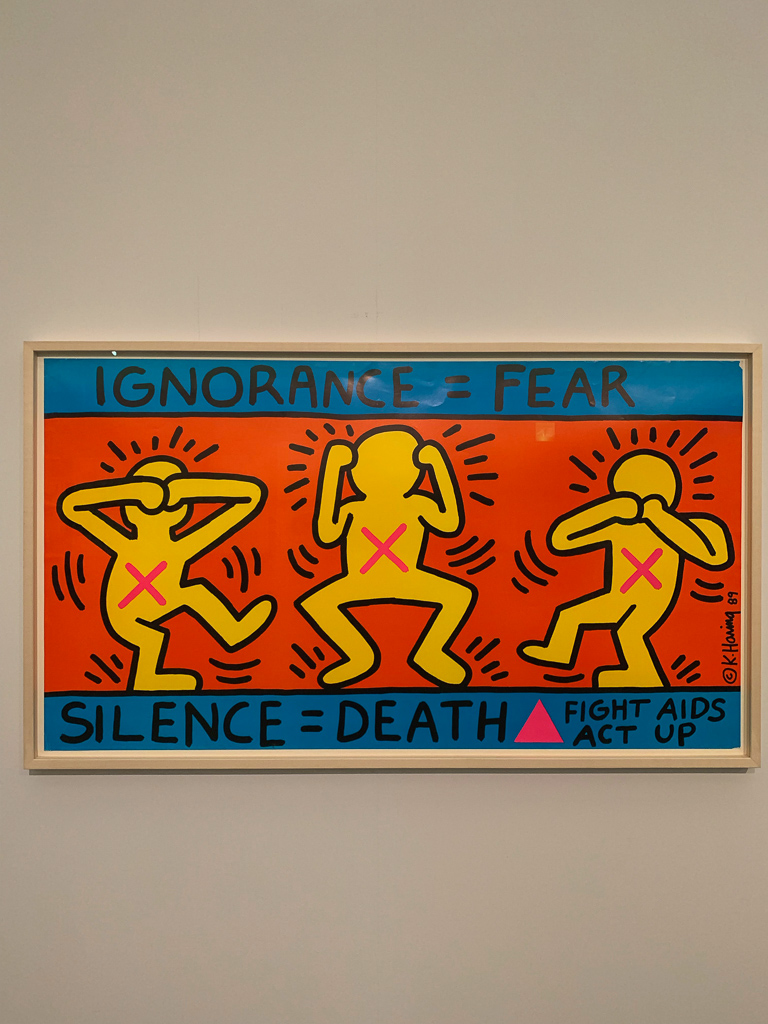
I love Keith Haring’s work and, while his story is a sad one, I find his legacy to be incredibly inspiring. He was the people’s artist. His art was out in the open, from public murals and nightclubs to galleries and museums. He also inspired and helped launch an entire new generation of street artists. Street art would not even be considered an art form if it weren’t for his amazing talent and persistence.
Baltic Triangle
I have one last area to highlight in Liverpool, the Baltic Triangle. We visited during the evening and then again during the day to see the area in different lights (quite literally I suppose). The Baltic Triangle is Liverpool’s alternative hub, much like other areas in the UK like Bristol’s Stokes Croft, Brighton’s Kemptown or London’s Dalston, Peckham and Hackney Wick.


 It’s incredible that this area was purely full of working factories and workshops relating to the slave trade in the 1800s. But now, those warehouses are homes to small businesses, particularly tech and creative businesses. Several of the warehouses are also clubs and bars. One of the most famous spots in the Baltic Triangle is Camp and Furnace, a unique space that can be a concert venue, a bar, a food truck pit stop and so much more. Another great spot is Black Lodge Brewery and Tap Room, a microbrewery based in Liverpool.
It’s incredible that this area was purely full of working factories and workshops relating to the slave trade in the 1800s. But now, those warehouses are homes to small businesses, particularly tech and creative businesses. Several of the warehouses are also clubs and bars. One of the most famous spots in the Baltic Triangle is Camp and Furnace, a unique space that can be a concert venue, a bar, a food truck pit stop and so much more. Another great spot is Black Lodge Brewery and Tap Room, a microbrewery based in Liverpool.
On our first evening we headed “out onto the town” to see all the hubbub. It was a Saturday night, so we were expecting lots of activity, and activity there was! The places mentioned above were definitely hopping, but decided to try out The Baltic Social, a sort of catch-all bar, restaurant, cafe and music space. It’s one of those hip everything places that can be used for any occasion, whether for drinks after work, a hangout for live music, or even a Sunday roast spot!


Of course, there is even more to explore in the Baltic Triangle. The next day we ventured around the area again to see what it was like during the day. It seems remarkably quiet in the sun, but when we walked up to the Baltic Bakehouse we had obviously been fooled because there was such a long queue! Nonetheless, we waited patiently and managed to squeeze in. I highly recommend this lovely, local place as their baked goods are so scrumptious. Their bread is incredible, which is why our lunch sandwiches were upgraded to incredible ones! We also snuck in a few Kouign Amanns – no regrets.

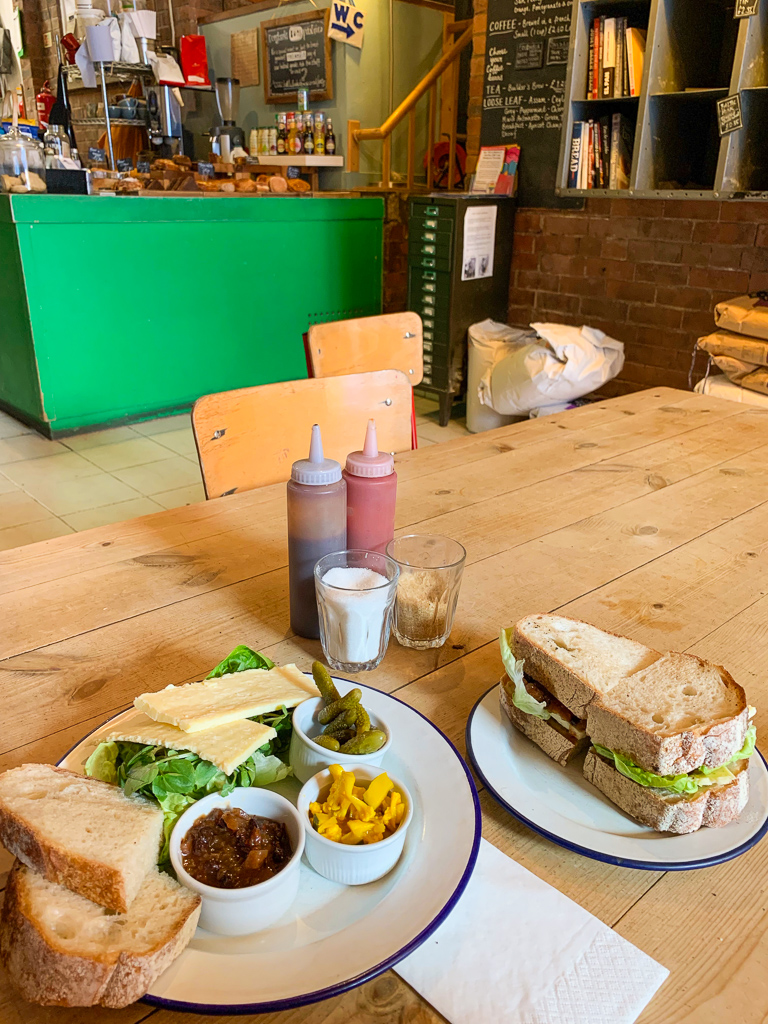
We decided to have coffee elsewhere to create an excuse to visit yet another place in the Baltic Triangle. Sometimes, it was quite difficult to tell whether a building was a cafe or a warehouse, or both! We found Coffee and Fandisha, a really cool, independent coffee bar with great tasting coffee.

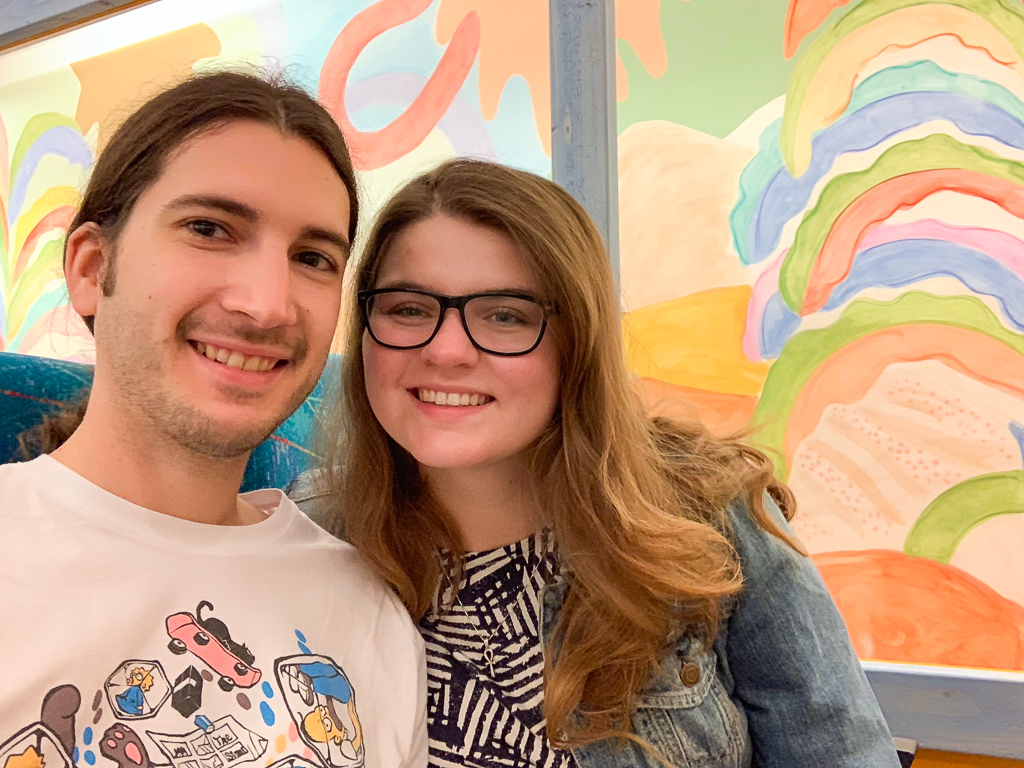 After finishing our venture out to the Baltic Triangle, it was time to head back home. We grabbed some lunch from another cafe, and then went on to the train station. Liverpool is a mere two hour train ride from London, so a trip can also just be a day one. But otherwise, I highly recommend a weekend in Liverpool!
After finishing our venture out to the Baltic Triangle, it was time to head back home. We grabbed some lunch from another cafe, and then went on to the train station. Liverpool is a mere two hour train ride from London, so a trip can also just be a day one. But otherwise, I highly recommend a weekend in Liverpool!
What do you think? Would you visit Liverpool?




No Comments